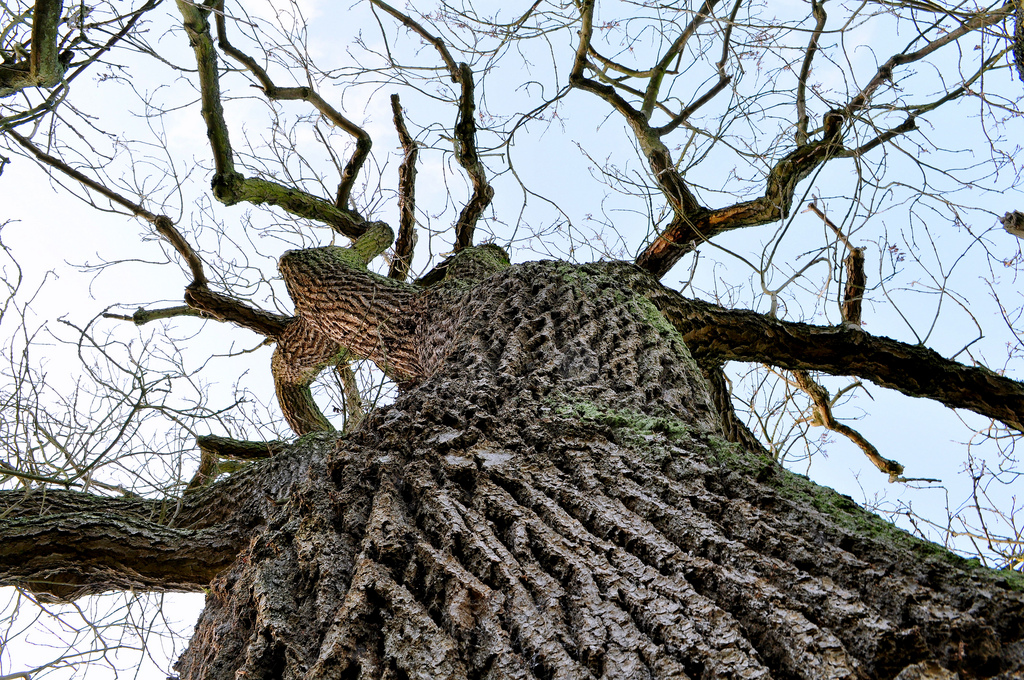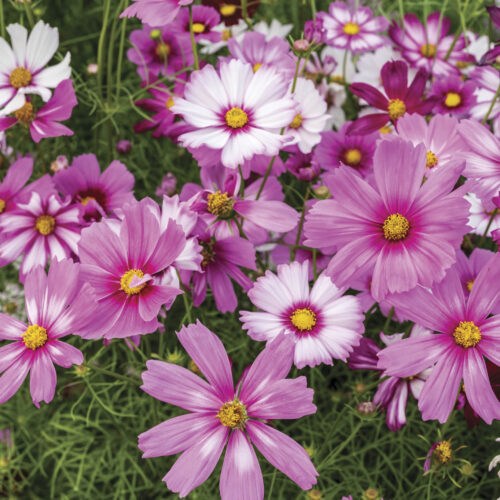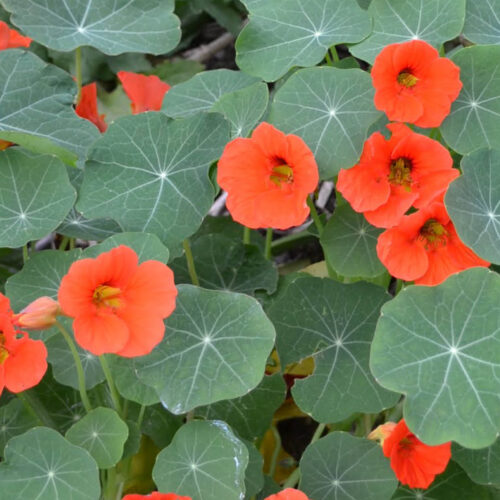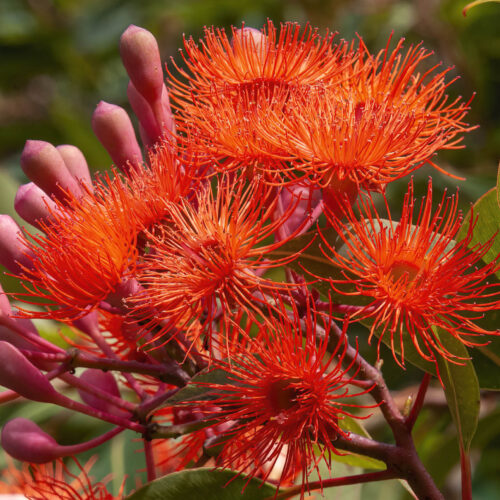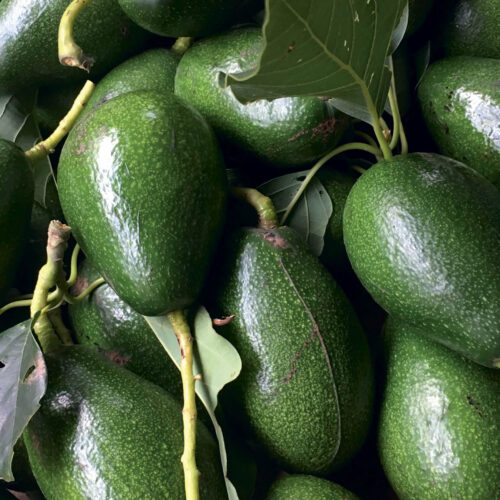Sustainable firewood
2013-07-18T04:47:40+10:00
Heating with wood has a reputation for being unsustainable, but JUSTIN RUSSELL argues that with the right timber and a slow combustion heater, your fireplace can be carbon neutral.
Like most of my neighbours I heat my home with wood. We have a slow combustion heater that does a decent job of keeping us warm on sub-zero nights, and we do our best to keep the fire burning as efficiently as possible. But I have to admit, getting quality fuel for the heater is an ongoing concern.
It’s not that there’s a shortage of fallen trees around the place. There’s plenty to go around and still leave some for wildlife habitat. The problem is that none of them are on my block, and I’m reluctant to spend $120 a pop every few weeks on a smallish load of poorly seasoned firewood. Thankfully, a couple of newcomers to the district have offered to help us out. The only issue now is gathering the right kind of timber, and seasoning properly. These two elements are the key to efficient wood heating, which when done properly, can be greenhouse neutral.
We generally burn either eucalypt or wattle. The latter is pretty good, and ironbark is probably the pick of the former. It burns hot and long when properly seasoned, which in my books, means storage as spilt wood, in a dry place for a least a year before burning. Wattle is handy because it’s a “live fast die young tree” that in my parts is annoyingly weedy.
But neither wattle nor ironbark is a match for the exotic ash tree, Fraxinus. An old saying goes something like this: “Seer or green ash is fit for a queen”. I thought it was a bit of a joke, the idea that you could burn ash timber either seasoned (seer) or green, so I did a test. I cut some limbs from an evergreen ash (Fraxinus griffithii) growing in the garden and threw the timber on a hot fire.
Lo and behold, the unseasoned ash burned beautifully, producing plenty of heat and wonderful coals. I now regularly cut pieces from the tree to use as kindling, but my long term firewood plan is to plant an ash woodland comprising a mix of species such as Claret Ash (Fraxinus anugustifolia), English Ash (Fraxinus excelsior)and Desert Ash (Fraxinus oxycarpa). I’ll use the fallen leaves on my compost, and will coppice the trees on a rotational basis.
My woodland will yield an endless supply of timber for poles and other fencing, but most importantly a source of clean burning, highly sustainable heating fuel. I just need to find a supplier of seedling ash trees, and a spare acre or two on which to plant them (hence the reason it’s a long term plan). I may not be a queen, but ash is well and truly fit for my purposes.

